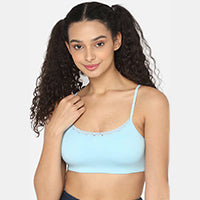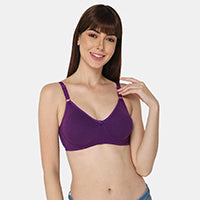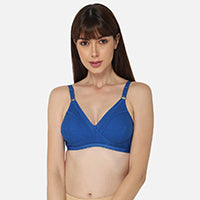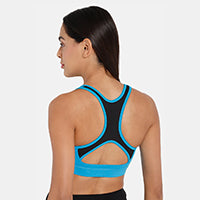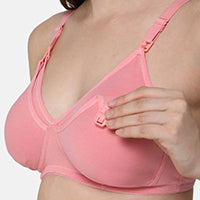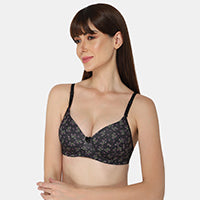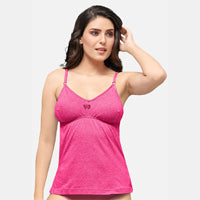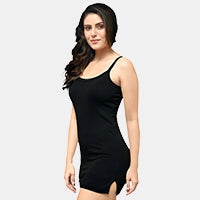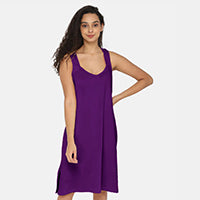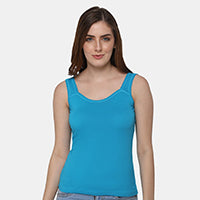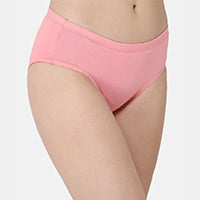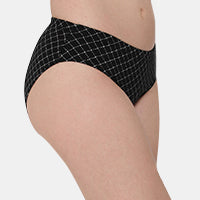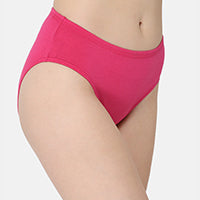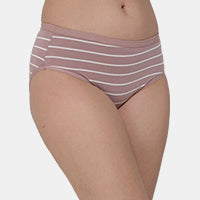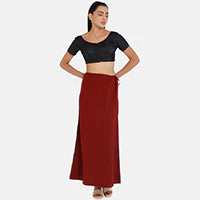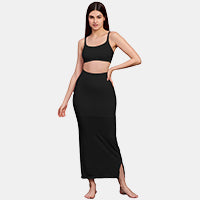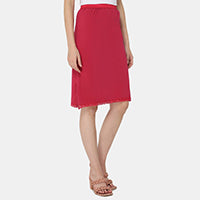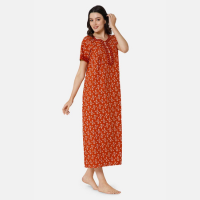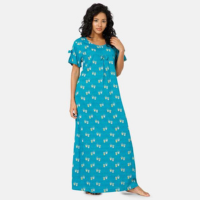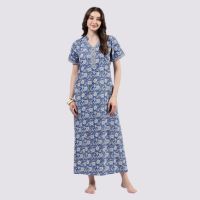Why Panty Fabrics Matter
Not all panty fabrics are created equal. The type of material used in womens panties can influence:
-
Breathability
-
Moisture control
-
Skin sensitivity
-
Durability
-
Overall comfort
Whether you're picking out daily basics or special occasion lingerie, choosing the right panty fabric is essential for both health and comfort.

Cotton Panties: The Natural Favorite
Cotton Panties is often hailed as the gold standard in comfortable underwear, and for good reason.
Pros of Cotton Panties:
-
Breathable material: Allows airflow, helping prevent irritation and infections.
-
Absorbent: Great for everyday wear, especially in hot or humid conditions.
-
Hypoallergenic: Ideal for sensitive skin or those prone to irritation.
-
Eco-friendly: A natural fiber, cotton is biodegradable and often sustainably sourced.
Cons of Cotton Panties:
-
Less moisture-wicking: Can retain moisture during intense workouts.
-
Slower to dry: Not ideal for high-sweat activities or quick drying needs.
-
May lose shape: Tends to stretch out over time with frequent washing.
For daily wear and comfortable underwear, cotton remains a reliable and healthy choice among lingerie choices.
Also Read: The Comfort and Benefits of Cotton Underwear for Women

Synthetic Panties: The Modern Alternative
Synthetic fabrics such as nylon, polyester, spandex, and microfiber are engineered for performance and aesthetics. These are common in fashion-forward or activewear womens panties.
Pros of Synthetic Panties:
-
Moisture-wicking: Designed to pull moisture away from the body, perfect for workouts.
-
Durable and stretchy: Maintains shape longer than cotton, ideal for sleek fits.
-
Smooth feel: Often used in seamless and invisible panty designs.
-
Quick-drying: Great for travel and active lifestyles.
Cons of Synthetic Panties:
-
Less breathable: Can trap heat and moisture if not well-ventilated.
-
Potential irritation: May cause discomfort for sensitive skin types.
-
Environmental impact: Made from petroleum-based materials and less biodegradable.
If you're prioritizing style, performance, or need panty fabrics for workouts or tight clothing, synthetics may be your go-to.
Cotton vs Synthetic: A Fabric Comparison Chart
| Feature | Cotton Panties | Synthetic Panties |
|---|---|---|
| Breathability | Excellent | Moderate to Poor |
| Moisture Management | Absorbs Moisture | Wicks Moisture |
| Skin Sensitivity | Hypoallergenic | Can cause irritation |
| Durability | Medium (loses shape over time) | High (retains stretch) |
| Drying Time | Slow | Fast |
| Eco-Friendliness | High | Low |
| Best For | Daily comfort, sensitive skin | Sports, travel, tight outfits |
Also Read: Materials Matter: A Guide to Fabric Selection in Underwear
Which Panty Fabric is Best for You?
Ultimately, the choice between cotton vs synthetic depends on your needs. Here’s how to decide:
-
Choose cotton if you prioritize breathability, softness, and skin health in your womens panties.
-
Choose synthetic if you need durable, quick-drying, comfortable underwear for active days or a sleek fit.
Many women prefer to keep a mix of both in their wardrobe—cotton for lounging and everyday wear, and synthetic for workouts or special lingerie choices.
Popular Searches
Women Clothing | Men Clothing | Kids Collection | Bras | Panties | Slips | Inskirts | Readymade Blouses | Kurtas | Nighties | Beginners Bra | T-Shirt Bra | Saree Bra | Sports Bra | Feeding Bra | Padded Bra | Lingerie Combo Pack | Outer Elastic Panties | Inner Elastic Panties | Plain Panties | Printed Panties | Bra Slip | Kurta Slips | Cotton Slips | Tank Tops | Camisoles | Saree Petticoat | Saree Shapewear | Bottom Slip | Knitted Blouses | Silk Cotton Blouses | Ikat Blouse | Princess Cut Blouses | 2 by 2 Blouse | Tunic Tops for Women | Kurta Sets for Ladies | Ethnic Wear For Women | Short Kurtis for Women | Round Neck Kurti for Women | V Neck Kurtis Women | Mandarin Collar Kurtis for Women | Cotton Kurtha | Printed Kurtis for Women | Night Pants for Men | Men’s Shirt | Men’s Shorts | Mens TShirt | Boys Wear | Girls Wear | Infants’ Clothing | Henley T-Shirts for Men | Cotton Shorts for Men | Printed Half Sleeve Shirts for Men | Thuli Bed | Infant Towels | Newborn Pillow | Newborn Nappies | Nappy Pads for Newborn | Baby Essentials | Newborn Sleeping Bed

